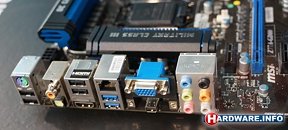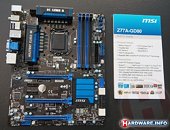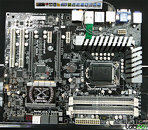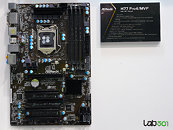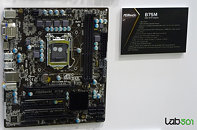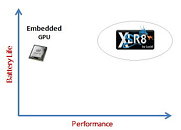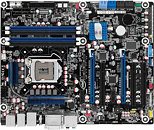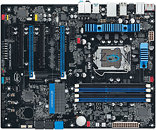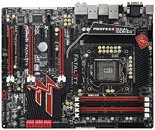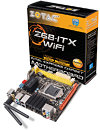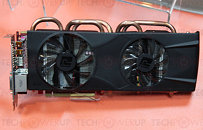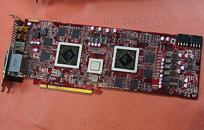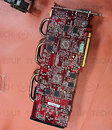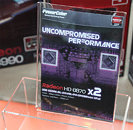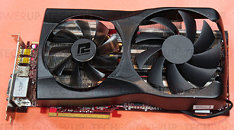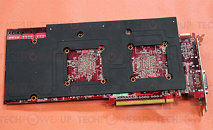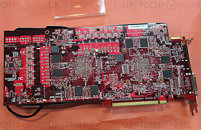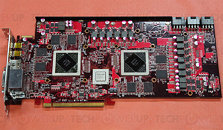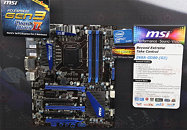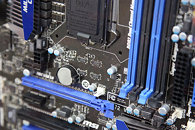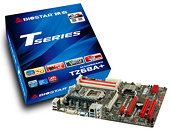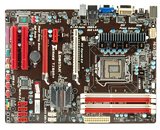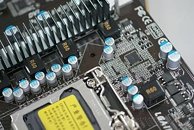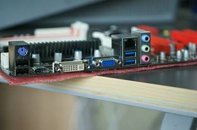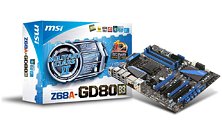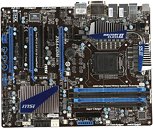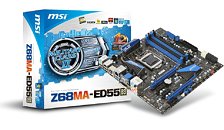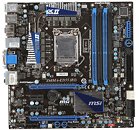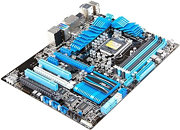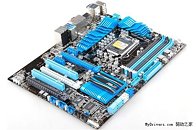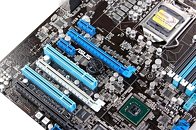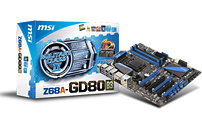
Lucid DynamiX to Free System Limitations of High Performance PC Games
LucidLogix (Lucid), GPU virtualization software leaders, today announced DynamiX, a unique software implementation that will allow selected formerly unplayable high-performance games to be enjoyed on mainstream and low-end laptops and Ultrabooks equipped with only an integrated GPU. A free trial version that initially expands the playability of the game The Elder Scrolls V: Skyrim on a variety of notebooks is immediately available for download.
"With DynamiX, a single embedded GPU is all you will need to enjoy your favorite high-performance titles on most new notebooks without reducing display resolution or minimizing game performance settings," said Offir Remez, Lucid co-founder and president. "We are offering this FREE trial beta version as a proof-of-concept, while working to provide DynamiX for more games. Try it and tell us what you think!"
"With DynamiX, a single embedded GPU is all you will need to enjoy your favorite high-performance titles on most new notebooks without reducing display resolution or minimizing game performance settings," said Offir Remez, Lucid co-founder and president. "We are offering this FREE trial beta version as a proof-of-concept, while working to provide DynamiX for more games. Try it and tell us what you think!"







